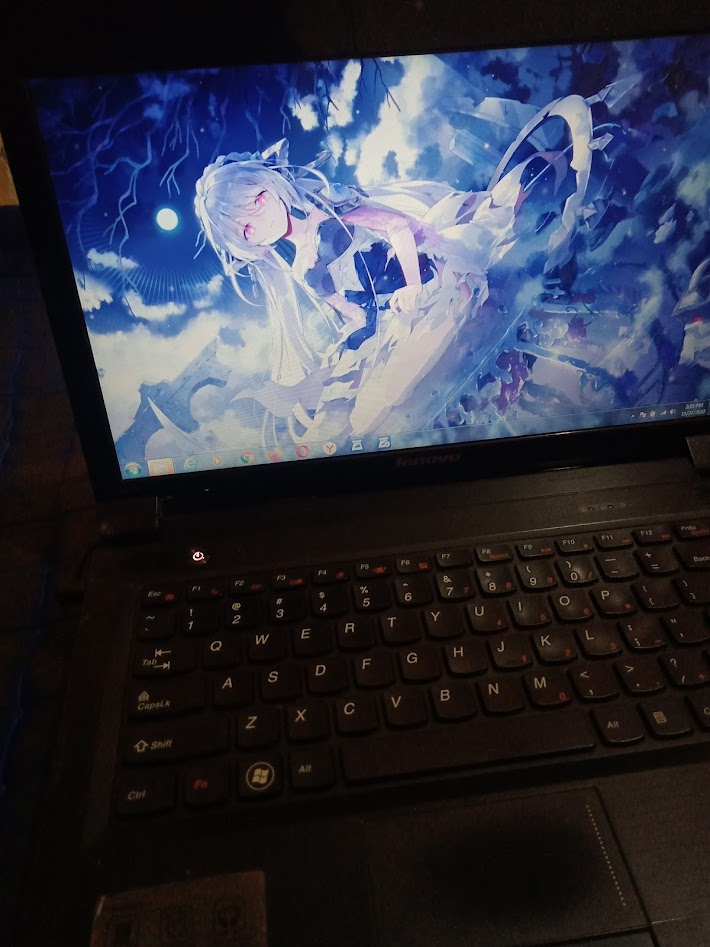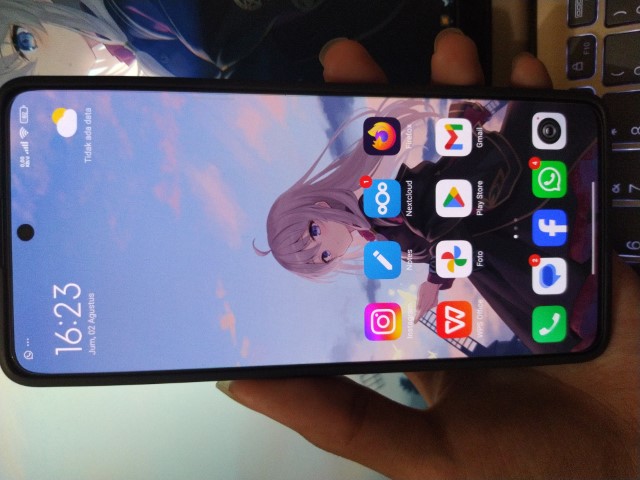Comparing: AMD Radeon HD 6520G vs Qualcomm Adreno 710
In this comparison, we analyze two Videocards: AMD Radeon HD 6520G and Qualcomm Adreno 710, using synthetic benchmark tests to evaluate their overall performance. This side-by-side comparison helps users understand which hardware delivers better value, speed, and efficiency based on standardized testing. Whether you're building a new system or upgrading an existing one, this benchmark-driven evaluation offers valuable insights to guide your decision.

AMD Radeon HD 6520G
| Type: | Videocards |
|---|---|
| Brand: | AMD |
| Model: | Radeon HD 6520G |
Specification Comparison Table
This specification comparison presents technical details of several devices or components to help you understand the key differences between each option. Use this table as a reference to determine which device best suits your needs.
| Specification | AMD Radeon HD 6520G | Qualcomm Adreno 710 |
|---|---|---|
| Architecture | Terascale 2 | Adreno 700 |
| Codename | Llano | - |
| Buswidth | 64 bit | - |
| Clock | 400 MHz - - | 800 MHz - - |
| Memory Clock | 512MB DDR3 (SHARED) | - |
| Technology | 32 nm | 4 nm |
| Interface | IGP | IGP |
| Technology | 32 nm | 4 nm |
| Segment | Laptop | Mobile |
Submission Comparison Table
This submission comparison table displays the number and details of benchmark data submissions from various devices or components. This information helps you understand the performance based on the benchmarks that have been tested, as well as providing an overview of the consistency and popularity of the available benchmark results.
Submission Comparison Chart
This chart visualizes the benchmark scores comparison between two hardware devices based on submitted data.
Media Gallery
A collection of photos of tested hardware. These images can help you identify the physical form, model, and variant of the hardware in question. These photos are from our own documentation, and if they are not available we may not be able to document them.
About Hardware AMD Radeon HD 6520G
The AMD Radeon HD 6520G is an integrated graphics processor embedded in the AMD A6-3400M APU, released in 2011 as part of AMD's Llano family. Featuring 320 stream processors with a VLIW5 architecture and a maximum clock speed of around 400 MHz, this GPU was designed to provide entry-level graphics performance for budget laptops and all-in-one systems at the time. As an integrated GPU, the Radeon HD 6520G does not have dedicated VRAM; instead, it shares the system memory, meaning its performance heavily depends on the type and speed of RAM installed. Systems equipped with dual-channel DDR3 RAM see a noticeable boost in graphics performance compared to single-channel configurations.
In terms of gaming capabilities, the Radeon HD 6520G can run older or less demanding titles at 720p resolution with low graphical settings. Games such as Counter-Strike: Source, Left 4 Dead 2, and League of Legends remain playable, albeit at modest frame rates. However, when it comes to modern AAA games or graphically intensive applications, the HD 6520G struggles due to its limited clock speeds, shader count, and lack of support for newer graphical APIs like DirectX 12 or Vulkan. Despite these limitations, this GPU remains useful for everyday computing tasks such as video playback, light photo editing, and basic office productivity.
Compared to contemporary integrated graphics solutions, the Radeon HD 6520G is outdated but still holds value for users with legacy laptops like the Lenovo Sabine B475 that run older operating systems such as Windows 7. For those seeking a budget-friendly laptop for general usage without demanding graphics workloads, the HD 6520G offers sufficient performance for casual use while maintaining low power consumption. Overall, this GPU highlights the evolution of integrated graphics from the early 2010s, illustrating how far mobile graphics have advanced in terms of power, efficiency, and features.
Hardware Detail:
Device: Lenovo Sabine B475
RAM: 2GB DDR3
OS: Windows 7
Thursday, 24 November 2022 05:29:20 | Update: 1 month ago
About Hardware Qualcomm Adreno 710
Qualcomm Adreno 710 is an integrated GPU (Graphics Processing Unit) used in the Snapdragon 7s Gen 2 chipset. Designed to provide an optimal balance between graphics performance and power efficiency, Adreno 710 is one of the best GPU solutions in the mid-range class, suitable for users who prioritize a smooth visual experience in both everyday use and when playing games and multimedia.
In synthetic benchmark testing using the Xiaomi Redmi Note 13 Pro 5G device featuring the Snapdragon 7s Gen 2, the Adreno 710's performance proved to be competitive. On AnTuTu Benchmark v10, the Adreno 710 achieved a GPU score of 116,839 points, indicating that this GPU can run popular games like Mobile Legends, PUBG Mobile, and Genshin Impact smoothly at medium graphics settings.
Additionally, in Geekbench 6 Compute testing, the Adreno 710 achieved a score of 1,729 points, measuring GPU-based computational capabilities in modern scenarios such as image processing and light machine learning. For gaming benchmarks, the 3DMark Wild Life Extreme, which simulates heavy graphical loads, yields a score of 792 points, while the 3DMark Sling Shot Extreme Unlimited records a score of 4,672 points. These figures indicate that the Adreno 710 is capable of handling games with complex graphics, though for AAA games on mobile, it may be necessary to lower visual quality to maintain frame rate stability.
The Adreno 710 also supports modern graphics APIs such as Vulkan, OpenGL ES, and OpenCL, making it compatible with a wide range of the latest apps and games on Android. Users will also benefit from good power efficiency, as this GPU is built on the same 4nm architecture as the Snapdragon 7s Gen 2 chipset, helping to reduce heat and extend battery life during heavy use.
Overall, the Qualcomm Adreno 710 is an integrated GPU that offers solid performance in the mid-range. It is suitable for users who want to enjoy smooth graphics, seamless multitasking, and optimal battery life without having to sacrifice gaming performance entirely. With the latest technology support and adequate benchmark results, the Adreno 710 is a significant added value to Snapdragon 7s Gen 2-based devices.
Device Test (testbed):
Device: Xiaomi Redmi Note 13 Pro 5G
Specs: Snapdragon 7s Gen 2, 256GB UFS, 8GB RAM
OS: Xiaomi HyperOS 1 (Android 14)
* Testing device in new condition, latest benchmark software, and latest system updates
Wednesday, 09 July 2025 23:18:17 | Update: 1 week ago



